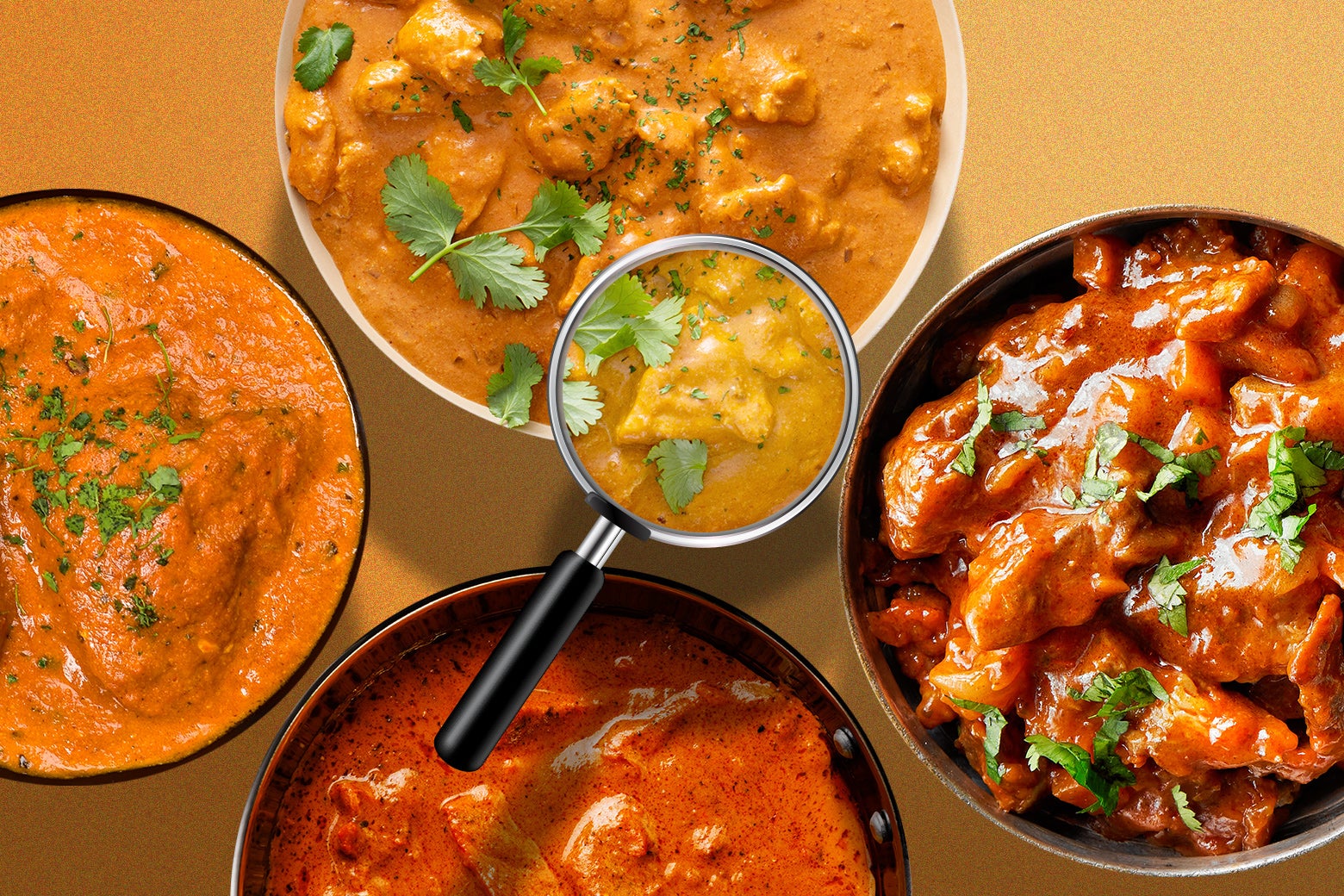
"In her review last year of the chic new Indian restaurant Bungalow in Manhattan, interim New York Timesfood critic Priya Krishna hopefully asked, "Are we done with the butter-chicken era of Indian restaurants?" It is the opening sentence, the seam from which the rest of the review drapes. Bungalow earned three stars for what it is (beautiful, playful, technically dazzling) but also for what it isn't, which is a restaurant that serves butter chicken."
"When restaurants like Passerine and Dhamaka opened in New York, or Shor Bazaar in L.A., they emphasized more specific, regional cuisines that were less common in the U.S., and reviewers were quick to note that meant no butter chicken. In an Instagram video, Navi New Indian in Germany invites diners to taste "real India," which to them means "No butter chicken. No glowing sauces.""
Butter chicken has evolved into a symbol of stereotyped, ubiquitous Indian restaurant food, prompting many contemporary Indian restaurants to intentionally omit it from menus. New establishments prioritize specific regional cuisines, nuanced flavors, and technical presentation to showcase diversity beyond the creamy tomato-based stew. Marketing and social-media messaging frame the absence of butter chicken as a marker of authenticity and of dining experiences tailored to South Asian palates. At the same time, some chefs and restaurants include reimagined or elevated versions of butter chicken on tasting menus, seeking to redeem the dish through experimentation, refinement, and contextualized culinary narratives.
Read at Slate Magazine
Unable to calculate read time
Collection
[
|
...
]